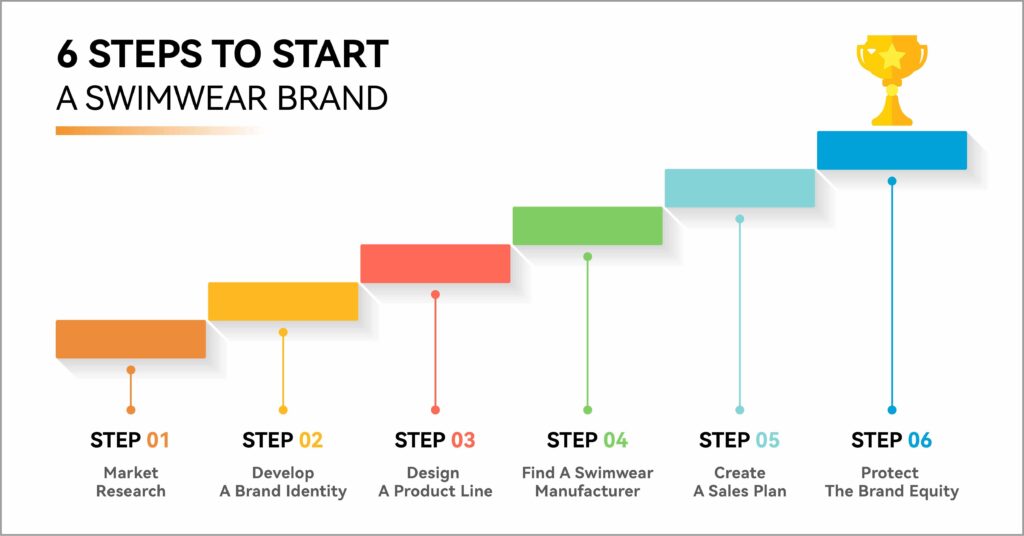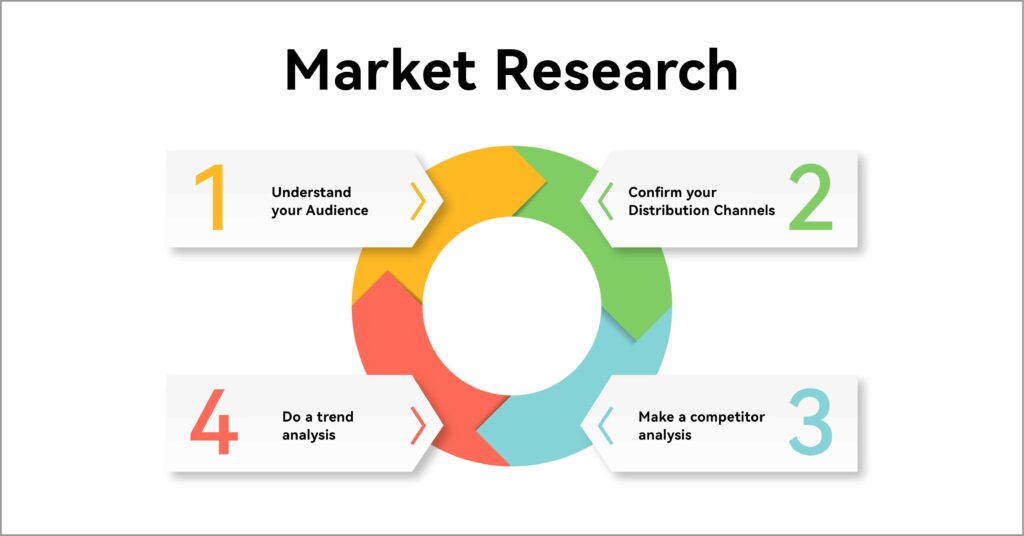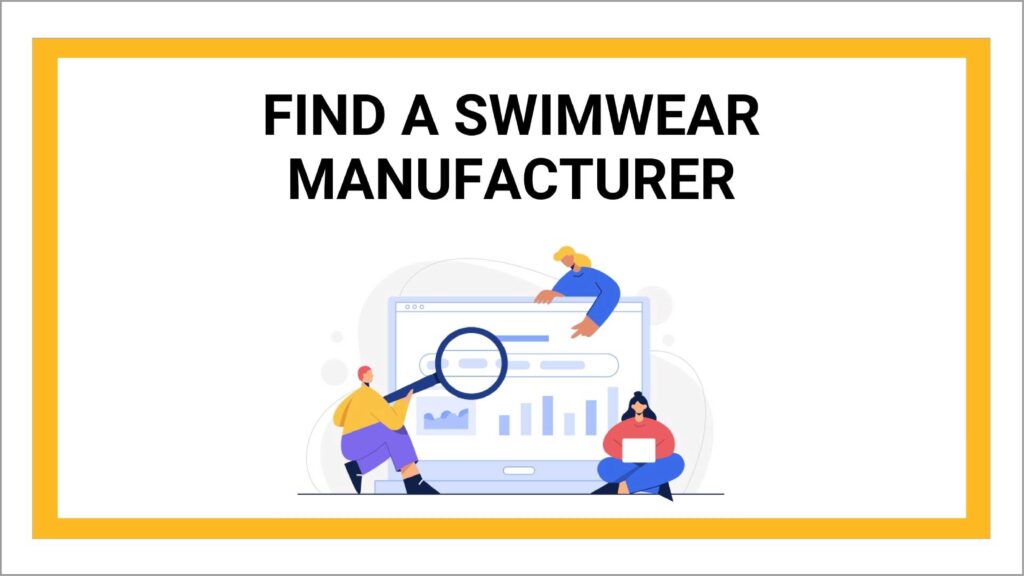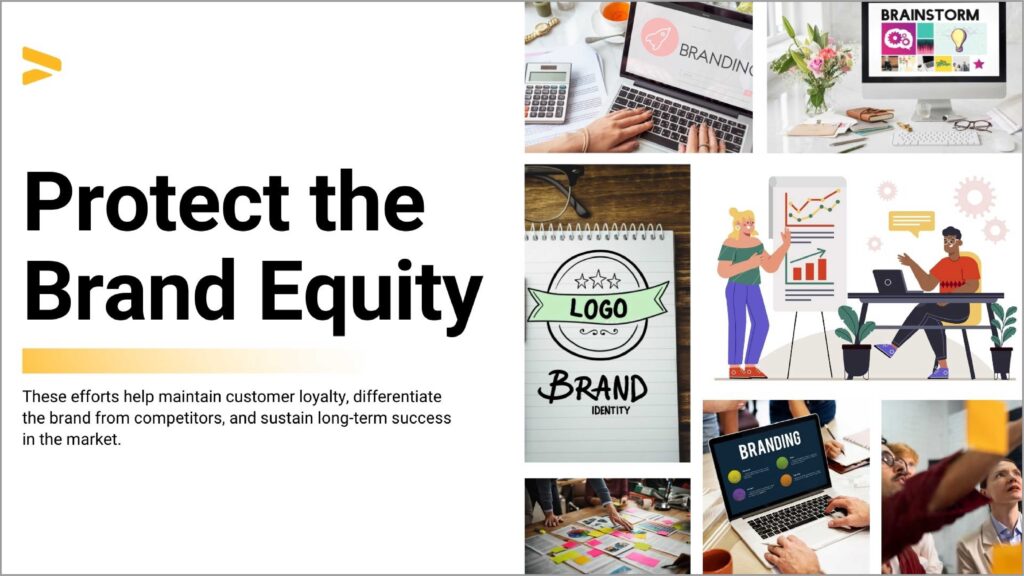
Are you currently facing these challenges?
● How much investment is needed to launch a swimwear line?
● Is starting a swimwear business profitable?
● How can you start your brand?
Rest assured, you’re not alone. You’ve come to the right place.
BR (Beerills) has collaborated with over 20 established swimwear brands, 40+ designers, and numerous retailers, gaining valuable insights. Meanwhile, the following article draws from my extensive experience of over 5 years working with BR and assisting more than 100 clients, ranging from large corporations to small businesses.
The article outlines 6 detailed steps, from market research and design to manufacturing processes and sales, along with essential checklists.
● Market research.
● Develop a brand identity.
● Design a clothing line.
● Find a swimwear manufacturer.
● Create a sales plan.
● Protect the brand equity.
1. Market Research

‘How to sell something to somebody?’ This question contains the core idea of market research.
How: It refers to the channels and methods used for distribution.
Something: It means what product is it? A specific product.
Somebody: It denotes the target audience—whether boys or girls, women or men.
Market research is the process of answering the above questions, gathering and analyzing data to identify target markets and audiences, and finding out their preferences and needs to forecast potential growth and pinpoint a competitive edge. This process enables brands to make informed decisions and optimize strategies tailored to succeed in the swimwear market.
Understand your Audience
The initial stage in establishing your swimsuit line involves clearly defining your target customer. Understanding your customer base significantly influences the direction of your brand. By exploring their desires and requirements, you can pinpoint market gaps and potential competitive advantages for your products.
Read more here:https://www.semrush.com/blog/audience-analysis/
Confirm your Distribution Channels
Here are 7 distribution channels that you can tailor to your unique strengths and combine with existing resources to determine your sales channels. Based on customer feedback, using online channels has proven effective for selling swimsuits, particularly when integrated with social media for brand promotion.
Traditional retail stores
Traditional retail stores, such as department stores, boutiques, and specialty stores, play a key player in the distribution of apparel. These physical establishments provide consumers with the opportunity to browse and purchase in person.
Online platforms
As the internet continues to evolve rapidly, online platforms have become indispensable for distributing fashion products. They transcend the limitations of physical stores by showcasing products directly to customers. These channels include e-commerce websites, online marketplaces, and social media platforms.
Wholesale and trade shows
Wholesale and trade show channels allow brands to showcase their products to retailers and buyers, expanding their reach and establishing new partnerships. Through wholesale and trade shows, brands can access a broader market and increase their sales potential.
Direct-to-consumer (DTC) business model
Selling directly to consumers excludes brick-and-mortar stores, wholesalers, or platforms like Amazon or Etsy. All sales are conducted through the brand’s channels, bypassing distributors and much of the traditional supply chain. This approach enables brands to maintain complete control over the customer experience, reduces barriers to starting a business, and increases profit margins.
Hybrid distribution model
A hybrid distribution model combines multiple distribution channels to reach customers. This approach leverages both traditional retail channels and online platforms to maximize market reach and sales opportunities. It allows brands to cater to different customer preferences and adapt to changing market dynamics effectively.
Global distribution
International distribution refers to the process of selling clothes across borders to customers in different countries. It involves establishing sales channels, logistics networks, and market strategies that enable businesses to reach global markets effectively.
Collaboration with fashion influencers and brands
Collaboration with fashion influencers and brands is a sales channel where a company partners with influencers or other established brands to promote and sell its products. This strategy leverages the influencers’ or brands’ existing audience and credibility to increase visibility, credibility, and ultimately sales of the products being promoted.
Refer: https://blog.exactbuyer.com/post/distribution-channels-fashion-products
Make a competitor analysis
To gain insights into competitors’ products, marketing strategies, and customer engagement methods, you can analyze what your competitors are selling and how they position themselves in the market. Understanding competitors’ strengths helps you identify your unique selling propositions and areas where you can innovate.
Researching customer feedback is crucial; examining reviews and discussions on platforms like Google, Etsy, Amazon, and social media provides valuable insights into popular swimwear products, customer preferences, and areas for improvement.
Do a trend analysis
Trend analysis means keeping an eye on fashion trends to guess the next colors, patterns, fabrics, textures, materials, prints, graphics, accessories, and styles presented on different runway shows and in stores in upcoming seasons.
Media intelligence, including fashion magazines, newspapers, and influencers, is essential for understanding the latest trends and industry movements. Publications like Vogue, Elle, WWD, and GQ showcase the latest styles and trends. By examining these sources and paying attention to influencers, you can quickly identify upcoming fashion trends.
Fashion forecasting agents like WGSN, Trendstop, Fashion Snoops, and Trend Bible predict upcoming trends, styles, and consumer preferences. Their insights enable informed commercial decisions.
Runway shows are a vital component of trend analysis, offering a preview of what’s to come in the world of fashion and providing valuable insights for industry professionals. Here is a list of swimwear runway shows.
| Swimwear Shows | Date | Location | Link for checking more |
| Miami Swim Week | June | Miami, US | https://www.instagram.com/fashionweekonline |
| DC Swim Week Shows (DCSW) | September | Washington DC, US | https://dcswimweek.com/ |
| New York Swim Week (NYSW) | July | New York, US | https://www.nyswimweek.com/ |
| Las Vegas Swim Week | August | Las Vegas, US | https://lasvegasswimweek.com/ |
| New Zealand Fashion Week (NZFW) | August | Auckland, New Zealand | https://www.nzfashionweek.com/ |
| Australian Fashion Week | May | Sydney, Australia | https://aafw.com.au/ |
| Ibiza Swim Week | July | Ibiza, Spain | https://www.ibizaswim-week.com/ |
| SURF EXPO | January | Florida, US | https://surfexpo.com/the-show/about-the-show/ |
| SURF EXPO | September | Florida, US | https://surfexpo.com/the-show/about-the-show/ |
Attending trade shows is another effective way to conduct trend analysis in the fashion industry. Trade shows bring together a wide range of brands, designers, and industry professionals, offering a comprehensive view of current and emerging trends. You can find swimwear-related trade shows here.
Based on these findings, you can know your target customers’ preferences in swimwear, including their expectations for quality and design, as well as their budget considerations. This knowledge will serve as a solid foundation for building your unique swimwear brand.
2. Develop a Brand Identity

Brand Name
Current popular swimwear brand names can generally be classified into the following categories.
● Naming the brand after the founder.
● Combine text and region for the brand name.
● Add text around “swim” or “swimwear” for the brand name.
● Add text around “summer” “sea” “sky” or “beach” for the brand name.
The brand name should primarily adhere to four principles: uniqueness, readability, easy identification, and memorability.
Brand Logo
You can collaborate with your team, utilize tools such as Canva for logo design, or hire a designer from platforms like Fiverr.com. A logo is closely tied to the brand’s name, story, mission, and vision. Once you’ve established your brand’s identity, creating a logo should be a breeze.
Tagline or Slogan
Your tagline or slogan should be a concise and memorable phrase that enhances your brand name and logo, giving your brand a deeper and more distinctive identity.
Vision and Mission
Before diving into the exciting world of swimwear manufacturing, it’s crucial to identify your brand’s vision and mission. Your brand of swimwear should have a clear purpose and set of values that guide your business decisions and distinguish you from competitors. This is your opportunity to define what your brand stands for and what it aims to achieve.
Example for a swimsuit brand.
Vision: “Establish as the leading eco-conscious swimwear choice.”
Mission: “We are dedicated to crafting eco-friendly swimwear that fits and flatters everybody, using sustainable materials and ethical practices. Our goal is to empower our customers with confidence and style while contributing to a healthier planet.”
Brand Story
Craft a compelling narrative that tells the history, mission, values, and vision of your brand. This helps create an emotional connection with your audience.
3. Design a Clothing Line

This step involves integrating your ideas with the insights from market research. Write down your ideas and compare them with your research findings to gain a clear understanding.
Consider the following questions:
● How many collections should you create?
● What types of styles will you include?
● What fabrics and accessories will be used?
● What will the packaging be like?
Even without a background in fashion or arts, you can effectively convey your ideas through words. Simply communicate your ideas and a professional swimwear team will guide you step by step to bring your idea to life.
4. Find a Swimwear Manufacturer

For a newly established brand, it’s advisable to have the packaging, fabric, design and finished products handled by a reputable swimsuit factory. This approach saves time and avoids the need to communicate with multiple parties such as packaging factories, design companies, and swimsuit manufacturers.
BR (Beerills) distinguishes itself with an ultra-low MOQ (Minimum Order Quantity) of 45 pieces per style, covering 3 sizes. This feature substantially reduces entry risks for newcomers in the swimwear industry. Moreover, it is advantageous for experienced professionals looking to launch new series and innovations.
6 ways to find swimwear manufacturers + Bonus checklist for finding the best fit.
This article provides a comprehensive guide on finding a swimsuit supplier, complete with a checklist of 10 essential details to consider when choosing the best one.
5. Create a Sales Plan

In the first step of market research, you have identified the target customers and sales channels. The product is determined in the third step. Now, you need to set the goal for how to sell the product. Creating a sales plan for your line of swimwear involves several key steps.
Sales Goals
To set goals based on SMART principles. SMART stands for:
Specific: Clearly define what you want to accomplish. Your goal should be specific and straightforward.
Measurable: Goals should include criteria to measure progress and determine when the goal has been achieved.
Achievable: Ensure that the goal is realistic and attainable, considering the resources and skills available.
Relevant: Align the goal with your broader objectives and ensure it is meaningful and worthwhile.
Time-bound: Set a deadline for achieving the goal to create a sense of urgency and help prioritize tasks.
For example, “Achieve $300,000 in sales within the first year.”
Promotion Strategy
A Promotion Strategy is a plan or approach used by businesses to communicate and persuade potential customers to purchase the products or services. It involves various tactics and methods.
● Social media: Using platforms like Instagram to engage with customers and drive sales.
● Remarketing ads: Online advertisements that target users who have previously visited a website or interacted with a brand.
● Email marketing: A cost-effective way to send promotional messages or content to a group of people via email.
● Influencer partnerships: Collaborating with social media influencers to promote your products or brand.
● Content marketing: To drive profitable customer action by providing information or entertainment that is useful and engaging to the target audience.
● Search engine optimization: Optimizing your website and its content to rank higher in search engine results pages
● Events: Host in-store events or giveaways to attract customers and create a buzz around your brand.
● Community Events: Sponsor or participate in local events like fairs, festivals, or charity events to increase brand visibility.
Sales Team and Structure
Identify the necessary roles for your sales team, such as sales representatives, account managers, or sales engineers, based on your sales objectives. Recruit sales professionals with the appropriate skills, experience, and attitude for these roles. Offer training and continuous development to ensure your team is equipped with the skills and knowledge required for success.
Pricing and Budget
By factoring in costs, researching competitor pricing, and determining your desired profit margin, you can establish a pricing strategy that showcases the value of your swimwear while staying competitive in the market.
When budgeting for your brand, consider expenses such as design and production costs, marketing and advertising expenses, website development and maintenance costs, as well as any costs associated with trade shows or other promotional events.
Additionally, factor in costs for packaging, shipping, and any other operational expenses. It’s important to create a detailed budget that covers all aspects of starting and running your affordable swimwear brand to ensure financial stability and success.
Track, Measure, and Adjust as Needed
Regularly review sales performance against targets and KPIs. Provide feedback and coaching to help improve performance and achieve sales goals.
Continuously assess and refine your sales team structure and strategy based on performance metrics, market changes, and feedback from customers and sales team members.
6. Protect the Brand Equity

Protecting brand equity involves several key steps. This includes trademarking the brand name and logo, monitoring online reviews and customer feedback, ensuring consistent branding and messaging, and maintaining high-quality products and customer service.
In summary, creating a brand for swimwear requires a comprehensive approach that includes market research, brand development, product design, manufacturer selection, sales planning, and brand protection. Each step is crucial for building a successful brand that resonates with customers and stands out in the competitive swimwear market.




3 Responses
Thanks designed for sharing such a nice thought, post is fastidious, thats why i have read it completely
Thanks for your comment.
Hi there mates, how is all, and what you desire to say on the topic of this article, in my view its in fact amazing designed for me.